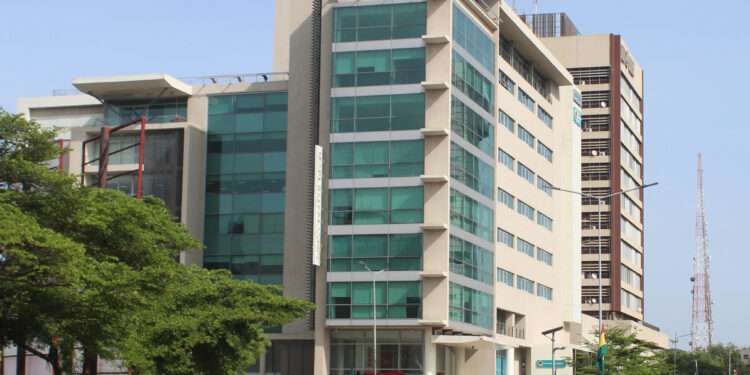Agricultural Development Bank records a slight improvement in loan asset quality.
However, ADB’s CAR declined significantly from 14.49% in 2021 to 7.36% in 2022. The bank has attributed this decline to the impact of the domestic debt exchange programme, which has resulted in a significant reduction in the yield on its investment portfolio. As a result, the bank has had to adjust its business model and focus on growing its loan portfolio to maintain profitability.
- Advertisement -
Agricultural Development Bank (ADB) has been grappling with challenges in its capital adequacy ratio (CAR) but has made progress in reducing its non-performing loans. According to the bank’s 2022 financial statement, ADB’s non-performing loans declined from 31.21% in 2021 to 29.74% in 2022. This positive development reflects the bank’s efforts to address the root causes of non-performing loans, which include strengthening loan recovery processes, improving credit risk management, and enhancing its lending policies.
However, ADB’s CAR declined significantly from 14.49% in 2021 to 7.36% in 2022. The bank has attributed this decline to the impact of the domestic debt exchange programme, which has resulted in a significant reduction in the yield on its investment portfolio. As a result, the bank has had to adjust its business model and focus on growing its loan portfolio to maintain profitability.
ADB’s net loss of GHS 371m in 2022, a significant decline from the GHS 81.6m profit recorded in 2021, was largely due to the domestic debt exchange programme. The bank has been impacted by the debt exchange programme, which has affected the bank’s investment portfolio and profitability. However, the bank remains optimistic about its long-term prospects and is taking steps to address its challenges.
Despite the challenges faced by ADB in 2022, the bank’s assets value grew from GHS 6.4bn to GHS 7.4bn at the end of the year. This growth was mainly driven by increments in the bank’s cash and cash balances (GHS 1.9bn) as well as loans and advances to customers (GHS 3.2bn). The bank’s liabilities, driven largely by deposits from customers (GHS 5.8bn), amounted to GHS 6.7bn from the previous year’s figure of GHS 5.5bn.
ADB is taking steps to address its challenges and position itself for growth in the coming years. The bank is focusing on growing its loan portfolio and improving its capital position. ADB is also exploring opportunities to expand its product offerings and improve its digital capabilities to enhance customer experience. Despite the challenges faced in 2022, ADB remains committed to delivering value to its customers and stakeholders.
The bank’s challenges in 2022 highlight the importance of sound financial management and risk mitigation in the banking sector. The sector is facing a range of challenges, including increasing competition, changing customer expectations, and regulatory pressures. Banks must be proactive in addressing these challenges to remain competitive and sustainable. ADB’s efforts to address its challenges and position itself for growth serve as an example for other banks in the sector.
Source: norvanreports.com
- Advertisement -


